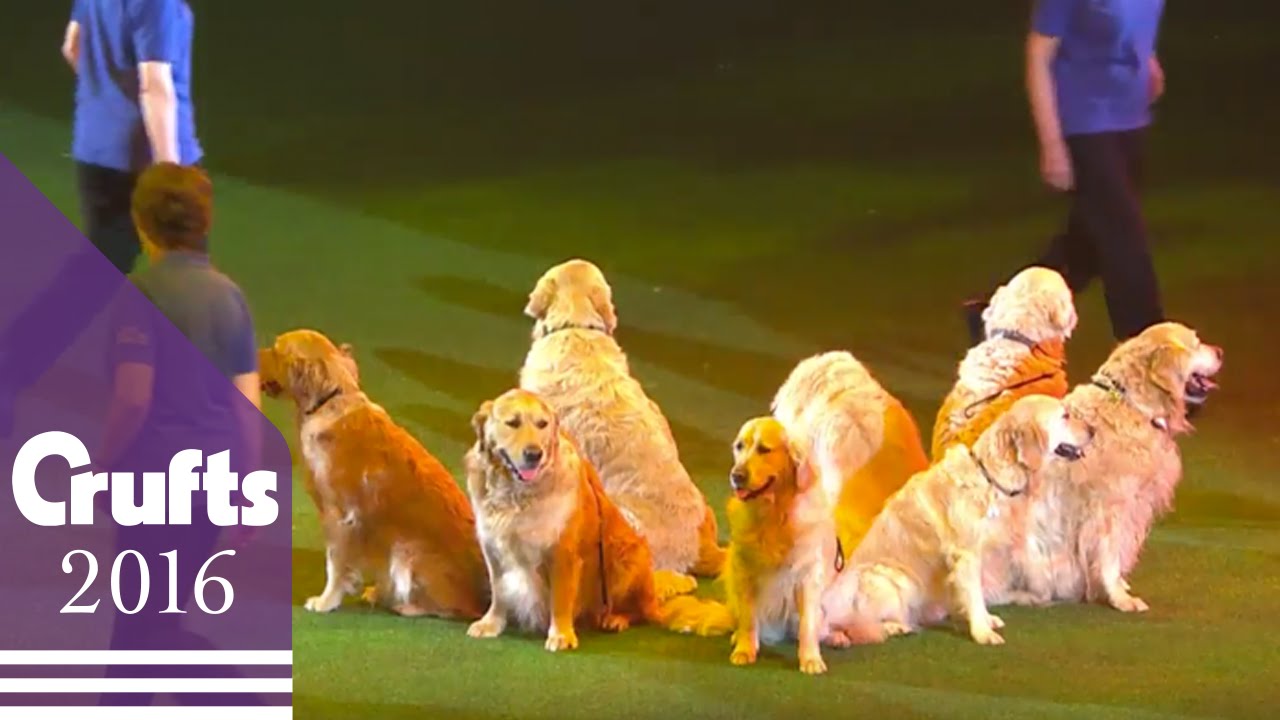Golden Retriever training: The Art of Classical Conditioning
Introduction
When you want to train your Golden Retriever, one good way to do it is by using classical conditioning. Classical conditioning is a method that helps your dog learn to connect a certain behavior with something good or something bad. This can help shape your dog’s behavior in a positive way and get rid of behaviors you don’t like.
Understanding Classical Conditioning
A long time ago, a scientist named Ivan Pavlov discovered classical conditioning by doing experiments with dogs. He found out that dogs can learn to connect a normal thing, like a bell, with something important, like being fed. Eventually, the dogs would start drooling when they heard the bell, even if there wasn’t any food around, just because they learned to connect the bell with being fed.
You can use the same idea to train your Golden Retriever. By connecting a behavior with something good or bad, you can teach your dog how to respond in different situations.
The Process of Classical Conditioning
Classical conditioning has three important parts: a normal thing, something important, and the connection between them.
The normal thing is something that doesn’t normally make your dog react. It could be a word you say, a sound, or something else that’s different. The important thing is something that automatically makes your dog react, like a treat, toy, or when you give them praise. To make your dog learn, you need to connect the normal thing with the important thing. For example, when your Golden Retriever sits when you tell them to (normal thing), you give them a treat right away (important thing). If you do this many times, your dog will start to connect sitting with getting a treat, and they will learn to sit when you tell them to.
The Benefits of Classical Conditioning
Classical conditioning is helpful for training your Golden Retriever in many ways:
1. Effective Communication: When you connect a normal thing with something good or bad, your dog will understand and listen to your commands better.
2. Changing Behavior: You can use classical conditioning to change behaviors you don’t like. By connecting something bad, like saying “no” or ignoring your dog, with the behavior you don’t like, your Golden Retriever will learn not to do it anymore.
3. Less Stress: Classical conditioning is a good way to train your dog because it focuses on positive things. This helps create a good and less stressful learning environment, which makes your bond with your dog stronger.
Tips for Successful Classical Conditioning
To make classical conditioning work well for training your Golden Retriever, remember these tips:
1. Timing: Give the good or bad thing right after your dog does the behavior you want. This helps your dog understand the connection between the behavior and what happens next.
2. Consistency: Do the training regularly and always use the same commands and rewards. This helps your dog remember what they learned and makes it clearer for them.
3. Start Simple: Begin with easy things to learn and then work on more complicated behaviors. Starting with simple actions will help your Golden Retriever succeed and not get confused.
4. Be Patient: Training takes time and patience. Don’t get frustrated or give up too soon. Doing the training many times and using positive reinforcement will give you the best results.
Frequently Asked Questions (FAQs)
1. How long does it take to train a Golden Retriever using classical conditioning?
It depends on different things, like how old your dog is, if they had any training before, and how much you train them regularly. Some things can be learned fast, but others may take weeks or even months. Just remember that being consistent, patient, and using positive reinforcement is the best way to train your dog successfully.
2. Can classical conditioning help with aggressive behavior?
Classical conditioning can be part of a training plan to address aggressive behavior in Golden Retrievers. But it’s important to get help from a professional in these situations because there could be other reasons for the aggressive behavior. A professional dog trainer or behaviorist can understand your situation and make a training plan that works for your dog.
3. Can classical conditioning work for all dogs?
Classical conditioning is a good training technique for dogs of all breeds and ages. But you need to adjust it to your Golden Retriever’s needs and personality. Some dogs might respond better to other training methods, so it’s important to think about what would work best for your dog.
References
1. Pavlov, Ivan. “Conditioned Reflexes: An Investigation of the Physiological Activity of the Cerebral Cortex.” Oxford University Press, 1927.
2. Dunbar, Ian. “Dog Behavior and Training: Veterinary Advice for Owners.” Dog Star Daily, 2011.
3. McConnell, Patricia B. “The Other End of the Leash: Why We Do What We Do Around Dogs.” Ballantine Books, 2003.
4. Pryor, Karen. “Don’t Shoot the Dog!: The New Art of Teaching and Training.” Bantam Books, 2006.
Note: The references provided are for informational purposes only and do not serve as an endorsement of the mentioned publications.















